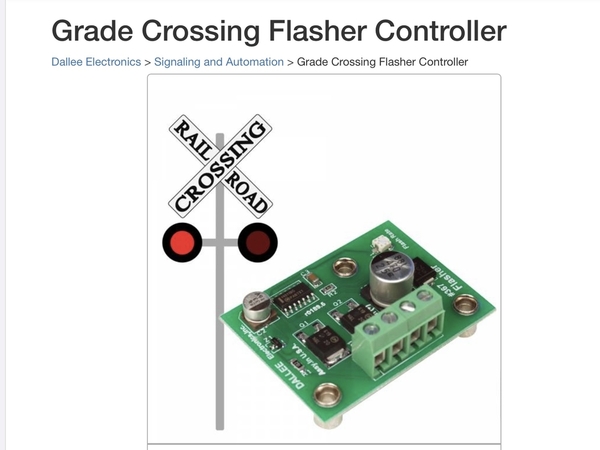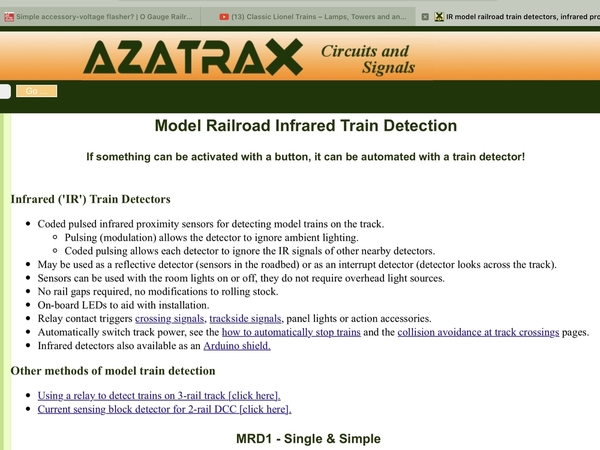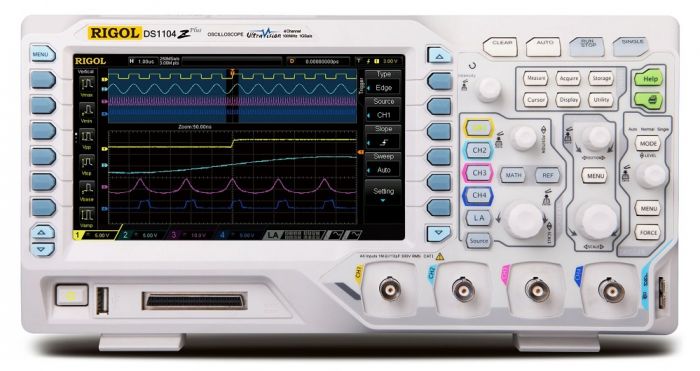I have what I thought would be a simple ask, but so far I've found no simple answer on-line. Specifically, I'm looking for a simple alternate-flashing circuit to power a pair of legacy crossing guard lights, or other similar accessories.
A bit of background: my focus is largely old-school Marx O scale stuff, though I'm hardly a purist and am not adverse to using competing brands or even modern electronics when the benefit (or necessity) outweighs the nostalgia. In this case, the "legacy" activation method for crossing guard lights is to use a pair of insulated clips on the top of one outer rail, feeding an intermittent ground from the opposite side rail through the wheels and axles of passing rolling stock to the two separate light circuits. The net effect of the two circuits is a pretty fair simulation of alternate flashing lights.
However, I'm looking for an alternative means of generating a 'flashing' signal to a pair of lights. To my "old school electrics" brain, the simplest means would be to use a bi-metallic strip with contacts on both sides. At rest, one contact would be connected to one of the lights (note: to work properly, the light would have to be an old-school incandescent bulb, or perhaps an LED with a suitable parallel bypass resistor to draw a sufficient current). On activation, the strip would heat and flex to the second position, breaking the first circuit but activating the second (perhaps closing a pair of separate contacts rather than drawing current through (and thus continuing to heat) the bi-metallic strip). After a short interval, the bi-metallic strip would cool, flexing back to the original position and beginning the cycle again.
What I've described is little more complex than what's in those red-tinted 'flasher' bulbs that used to be included in strings of small incandescent Christmas tree lights to flash the full string, yet I've been unable to locate any source of such flashers that would operate on typical legacy track or accessory voltage. Any suggestions for sourcing, or alternative methods to achieve the same end? ISTM that there'd be a small but viable market for such simple (and hopefully, cheap!) old school devices. Any thoughts?















